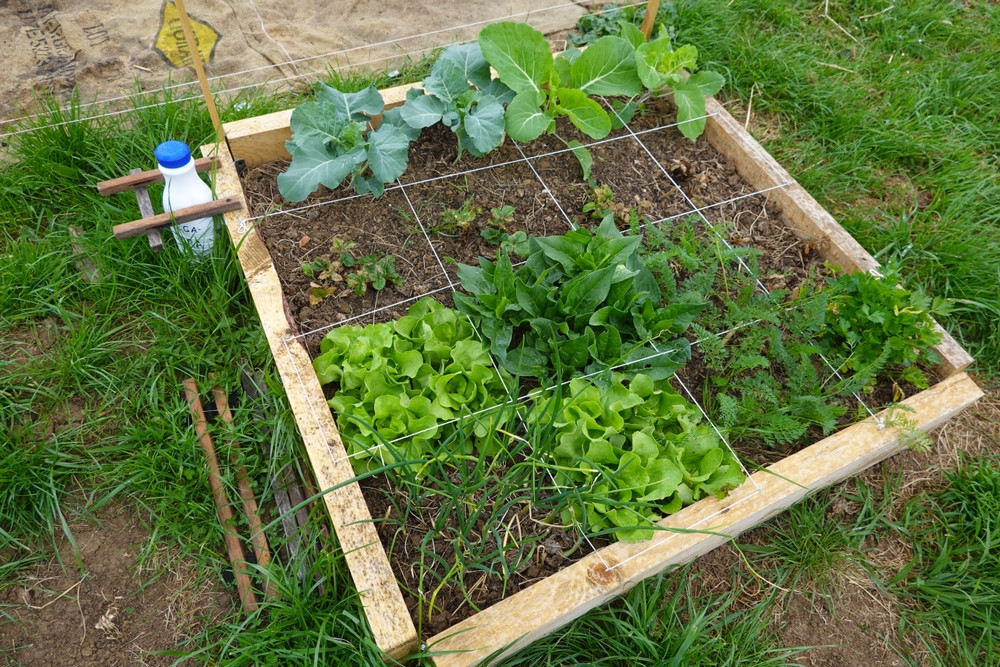Four Traditions of the Winter Vegetable Plotter

While the rest of the world is busy navigating crowded shopping aisles and untangling fairy lights, the vegetable grower is often found somewhere else entirely: standing in the middle of a quiet, frost-crusted plot.





